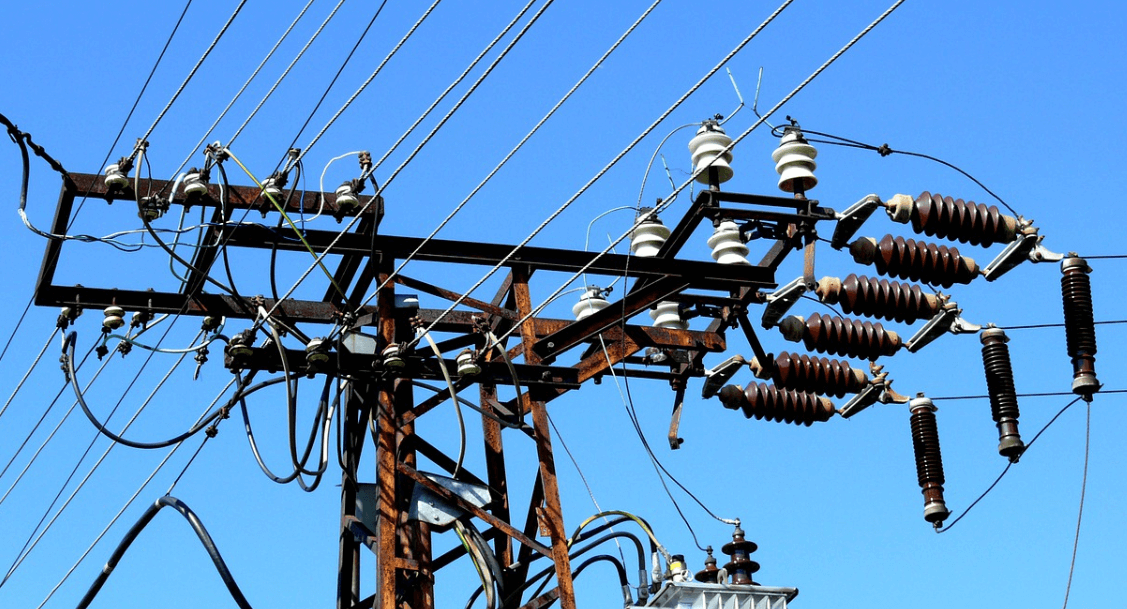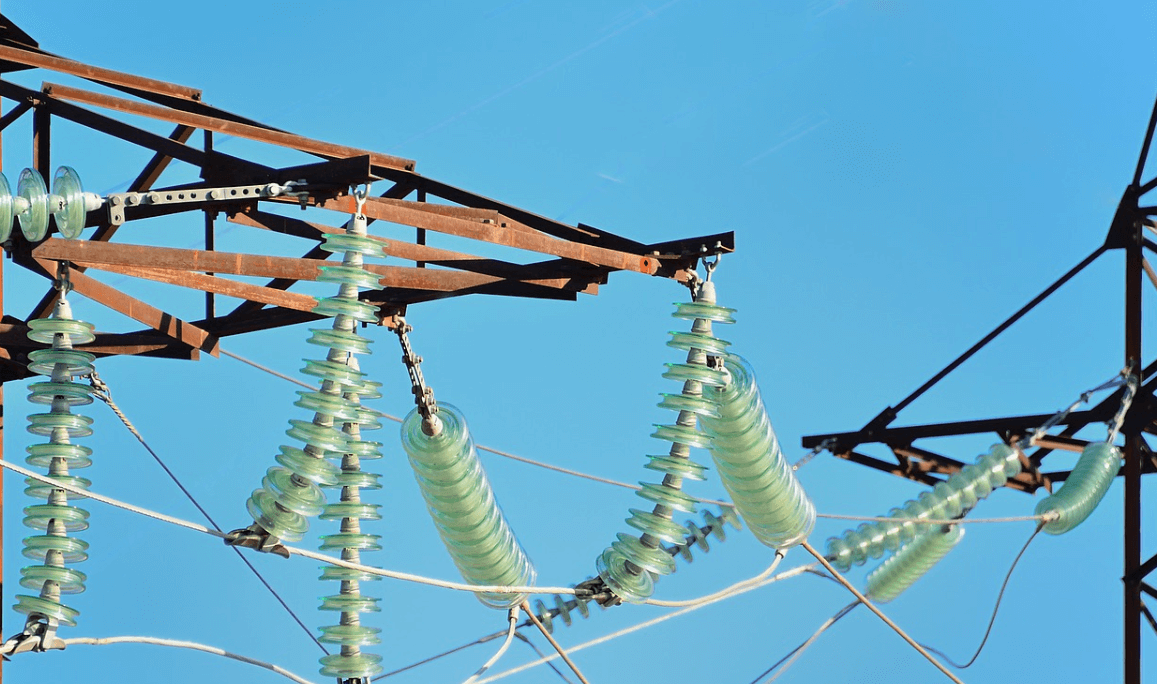What Is Electrical Insulation? What is the porpuse of electrical insulation? Information about the properties of electrical insulation.
Electrical Insulation; Electrical insulating materials are poor conductors of electricity. A typically good electrical insulating material has a resistivity (the reciprocal of conductivity) about 1021 times greater than that of copper. Some examples of electrical insulating materials are air, glass, oil, and polyethylene.
The principal function of an insulating material is to allow current to flow through a conductor without permitting it to leak off. It performs this function by isolating or separating the electrical conductor from any other nearby electrical path.
Electrical insulation, which must be present whenever electricity is put to work, is used in electrical equipment ranging from giant generators, transformers, and distribution lines to microscopic integrated circuits.

PROPERTIES OF ELECTRICAL INSULATION
Electrical Properties.
Electrical properties that characterize an insulating material include resistivity, surface resistivity, dissipation factor, and electric strength.
Resistivity.
Even the best electrical insulating materials allow some current to pass when a voltage is applied; this current is due to ions in the insulation that move under die influence of the electric field. The conductivity of an electrical insulator, however, is much smaller than that of a metal because the number of free ions in an insulator is much smaller than the number of free electrons in a metal, and ions move more slowly than electrons. Another characteristic difference between an insulator and a metal is that the resistance of an insulating material decreases as the temperature increases, whereas the resistance of a metal increases as the temperature increases.
The conductivity of insulation can be affected not only by temperature but also by other factors; for example, when water is absorbed in insulation, the ionic conductivity can be enhanced because chemical reaction with water produces more ions in the insulation, especially when the insulation is an organic material such as paper or rubber.
Surface Resistivity.
Besides conduction through the bulk of an insulating material, there is conduction across its surface. In general, surface conductivity is small compared to bulk conductivity except where water and ionizable impurities are present. For operation under these adverse conditions, the surface path length of an insulator is increased by making the surface shape to be like a series of ridges and valleys. This shape is used, for example, to increase the surface resistance of porcelain insulators used for high-voltage transmission lines.
Control of surface resistivity also is important to dissipate static charge from good insulators; for example, rugs made with synthetic fibers are often coated with antistatic agents that lower the surface resistivity of the fibers and allow the static charge to leak off.

Dissipation Factor.
In general, when the dissipation factor of the insulating material has too high a value, or the frequency of the applied alternating voltage has too high a value, or the electric field has too high a value, the heat generated in the insulation cannot dissipate and overheating occurs. Insulation most commonly is destroyed as a result of overheating.
Electric Strength.
The electric strength of an insulating material, as measured in careful laboratory tests, is found by increasing an applied voltage on the material until a discharge passes through it. The electric strength is the minimum voltage for producing this discharge, divided by the thickness of the material.
Thermal Properties.
The thermal properties of electrical insulation, such as thermal conductivity and thermal aging, are often as important as the electrical properties.
Thermal Conductivity.
Heat generated in electrical equipment often must be dissipated by thermal conductivity to avoid overheating and damage to equipment. In general, an electrical insulator is a poor conductor of heat; there are only a few noteworthy materials—diamond, alumina, beryllia, and magnesia—that are both good electrical insulators and good thermal conductors. Consequently, it usually is necessary to add filler to an eleotrical insulating material so that it more readily dissipates heat from electrical equipment. For example, inorganic fillers are added to organic insulators to increase their thermal conductivity, and paper and other insulations containing voids are impregnated with fluids or resins to improve their thermal conductivity.
Thermal Aging.
Thermal aging is a measure of the life of an insulating material as a function of temperature. Often, it can be treated as an aging process that depends on the rate at which a degrading chemical reaction occurs. This rate, in turn, depends on the temperature. As the temperature increases, a chemical reaction can occur more readily, and therefore the life of the insulating material can be considerably shortened under high temperature conditions. Many properties of insulation, such as mechanical strength, are degraded by chemical reaction.
Chemical Properties.
Electrical insulation often must have properties to withstand chemical reactions that could degrade or destroy it. In some industrial environments, for example, the insulation has to withstand acid fumes. Although no single material has resistance to all chemical attacks on it, epoxy resins usually provide good resistance to chemical reactions.
Where flammability is a danger, organic polymers (such as plastics) are often filled with antimony trioxide or other fillers that increase their resistance to flammability. Another chemical property needed in insulation is resistance to reaction with water; such a reaction can degrade or destroy an insulating material.
Most insulating materials must have two very important chemical properties: thermal stability (resistance to chemical reaction over a temperature range) and oxidative stability (resistance to reaction with oxygen). These properties are needed because oxygen and moisture readily cause degradation of the insulation.
Mechanical Properties.
The mechanical properties of electrical insulation are generally more important than its electrical properties. Insulation requires mechanical strength to support conductors as well as properties to withstand mechanical abuse in manufacture. Properties often needed are flexibility, tear and tensile strength, flexural strength, shear strength, and abrasion resistance.